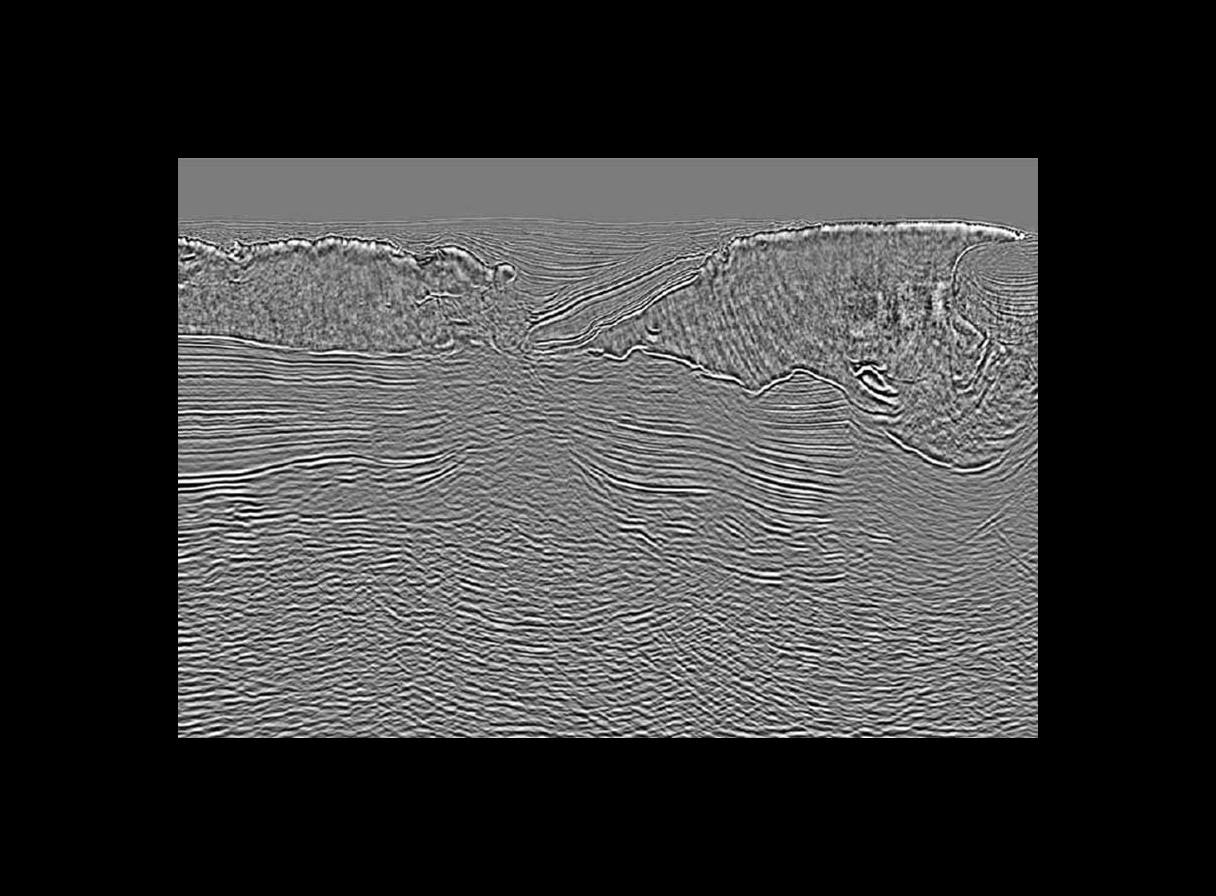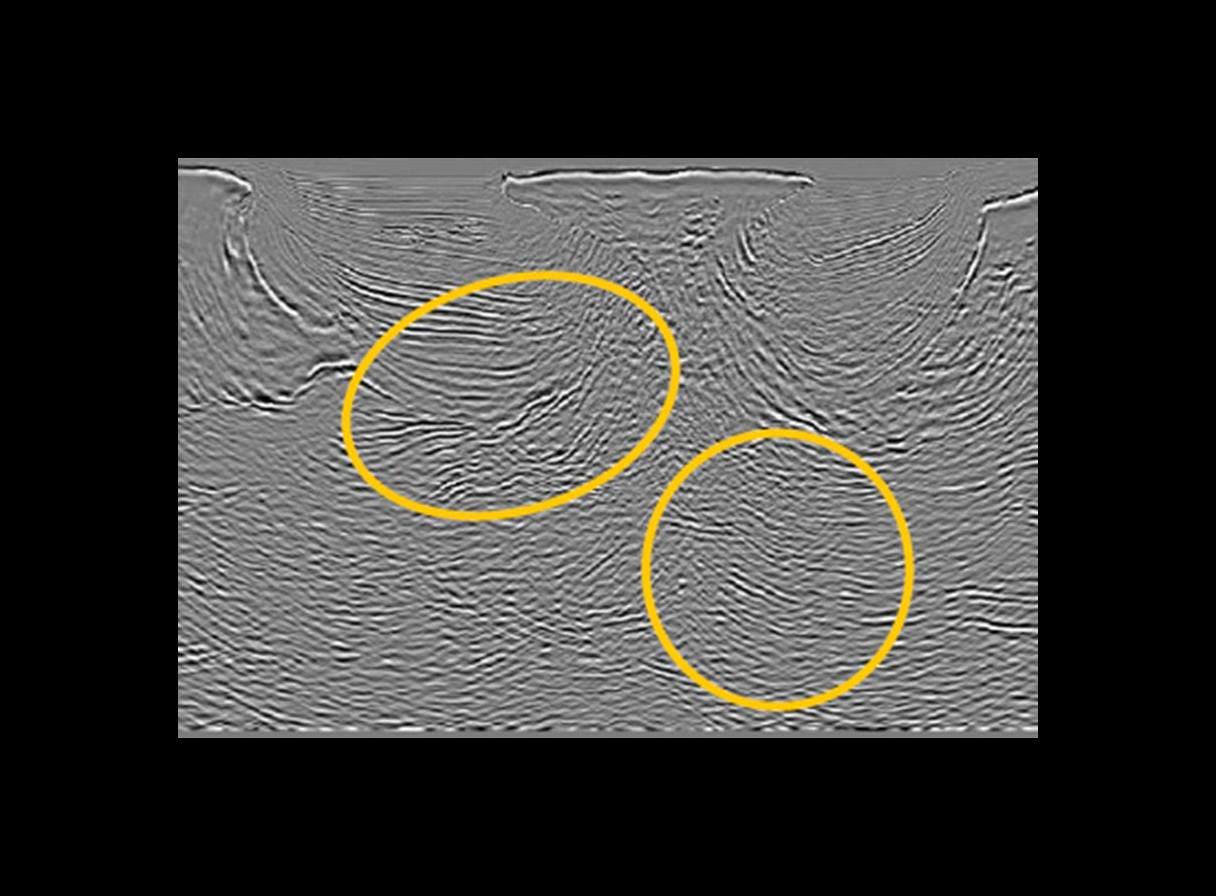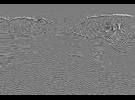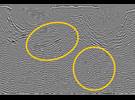Reverse-time migration (RTM) is an ultrahigh-end prestack two-way wave-equation migration for accurate imaging in and below areas with great structural and velocity complexities, such as sedimentary areas with steep salt inclusions. RTM has a proven track record for generating final images and is increasingly used for refining structural boundaries during velocity model building. RTM computes numerical solutions to the complete wave equation. It has no dip limitation and handles all complex waveform multipathing, including caustics and prismatic waves.
Harnessing massive parallel compute clusters
Historically, RTM was deemed impractical because of high computational costs and a greater sensitivity to velocity and reflectivity parameters than the more established one-way downward-continuation methods. However, massive parallel compute clusters—coupled with more accurate velocity model building workflows such as seismic velocity modeling—now make RTM a viable imaging option.
RTM has been extended to incorporate both tilted transverse isotropy (TTI) and vertical transverse isotropy (VTI) and is fully compliant with all land, marine, and off-bottom cable (OBC) surveys, including multi-, wide-, and full-azimuth and coil geometries.
Benefits
- Improves imaging of complex earth models, including subsalt, overhanging salt, and steep flanks of salt bodies.
- Produces clearer images resulting in better well ties and flatter gathers at the correct depth.
- Enables imaging under very complex shallow sections.
- Handles both turning and prismatic waves with no dip limitations.
Features
- Optionally outputs RTM angle gathers and vector image.
- Handles complex, detailed isotropic and anisotropic (TTI and VTI) models with large velocity.
- Can be CPU- or GPU-licensed.




